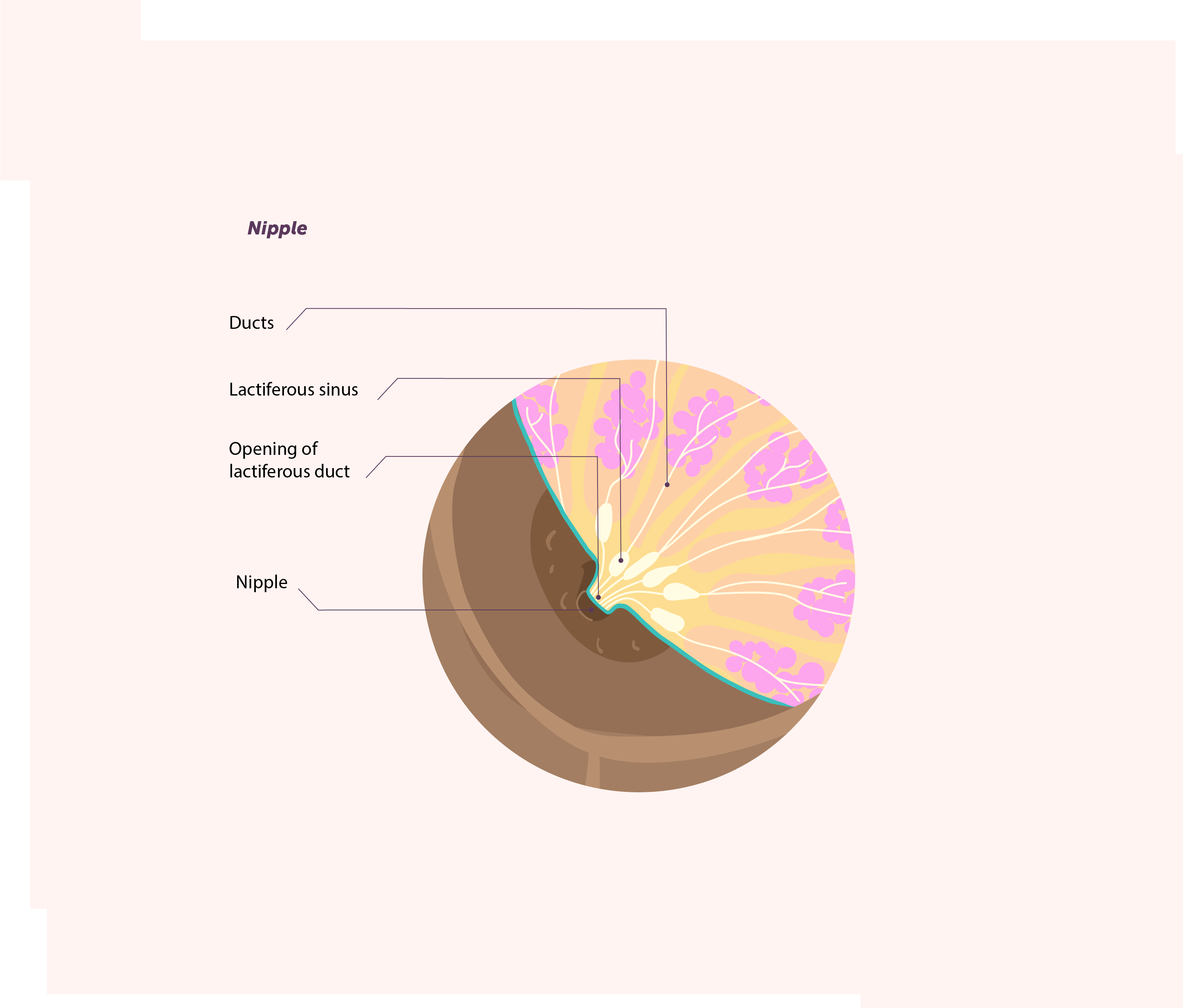When you’re preparing to breastfeed your baby, it’s normal to spend countless hours fretting over all the things that could go wrong. Will you make enough milk? What if your baby has tongue-tie? And just how bad is it going to hurt?
One thing you probably don’t spend time thinking about is the anatomy of your nipples — and whether yours are conducive to breastfeeding. In reality, a lot of women have normal anatomical variations to their nipples.
The most common difference is having flat or inverted nipples, sometimes also called retracted nipples. This doesn’t affect your ability to produce breast milk or breastfeed your baby, but it can make breastfeeding a little bit trickier (at least initially).
Perhaps you already know you’ve got inverted or flat nipples. Or, maybe your nipples are flatter (or even pierced) and you’re concerned about how this might affect your breastfeeding journey. In any case, we’re here to help. Here’s everything you need to know about breastfeeding with flat or inverted nipples.
Unsurprisingly, both the size and shape of your nipple can play a key role in how easy breastfeeding is. The most common issue is usually with your baby’s ability to latch on properly.
Typically when a baby latches on, the nipple extends all the way into the soft palate of the baby's mouth, encouraging them to suckle. A smaller, shorter, or flatter nipple may increase some of the challenges of breastfeeding, most commonly achieving an ideal latch, and people with these nipples may need more tools and support. This said, breastfeeding with flat or inverted nipples is entirely possible, and often nothing to worry about.
Inverted nipples face inward towards the body, rather than protruding outward. Although less common than protruding nipples, 10-20% of people have one or both nipples that are flat or inverted. We don't typically see this on screen and in media, and therefore are not as familiar with this shape and position.
The amount of flatness or inversion can vary significantly from person to person and even from breast to breast. For example, some people may find that they have one inverted nipple and one protruding nipple. Variety is the spice of life, as they say!
After breastfeeding, you may even find that your nipple changes permanently — it’s not uncommon for inverted nipples to ‘pop’ back out after breastfeeding, for example.
Concerned about breastfeeding with flat or inverted nipples? Wondering what kind of nipples you’re working with? Try measuring your nipples by following these steps:
Start by squeezing your nipples. This should help you get an accurate assessment.
After 30 to 60 seconds or so, examine your nipples.
If your nipples don’t protrude at all, or barely extend past the areola (the area of dark-colored skin around the nipple), you have flat nipples. If the nipple sinks in toward the areola, you haveinverted nipples. If they protrude out, you’ve got protruding nipples — simple!
If your nipples don’t protrude very much, don’t worry. Everyone’s body is unique and each baby mouth is unique, and you may have no issues breastfeeding your baby because of your nipple type.
Fear not — breastfeeding with inverted nipples is entirely possible. And if you’re wondering, “Can you breastfeed with small nipples?”, the same applies here, too. In fact, no matter what shape or size your nipples are, your baby ideally should have little issue latching on (and if they do, there’s plenty of support available, so don’t be afraid to seek help).
Keep in mind that your baby’s ability to breastfeed has very little to do with how much your nipples protrude. Latching with flat nipples might require some extra finesse from you or your little one, but once they get to know the territory, you should find that they adapt to your unique physiology. Time, patience and support if you are struggling will help.
After your baby is born, your nipples may even appear flatter than usual — particularly if your breasts are engorged. If any of this sounds familiar, don’t worry! You should find that your baby is more than happy to provide some stimulation of their own by licking your nipple before fully latching on. You can also express a tiny bit of milk yourself to help the nipple protrude more, in some cases.
Whether your nipples are small, flat, or inverted, you can use a variety of products (or your hands!) to make nursing easier.
Nipple everters are small suction pump devices that help extract the nipple before a feed, helping the nipple to temporarily stand out so that it’s easier for your baby to establish a good latch.
Nipple shields are thin silicone devices worn over the nipple which simulate a firm, protruding nipple and assist in certain situations where a baby cannot effectively latch on to the breast or chest. Already using an Elvie device to express? Use our handy nipple sizing tool to find your perfect breast shield size.
Breast pumps such as Elvie Curve, Elvie Pump, or Elvie Stride can be used briefly before nursing to stimulate and extract the nipple before a feeding session. They can also be used to extract breastmilk and to exclusively feed breastmilk to the baby via a bottle or other feeding device if you’re finding daily breastfeeding challenging. Still not sure whether pumping is for you check out our article on the topic — ‘To Pump or Not To Pump’.
Nipple cushions will help with the fit of your breast pump if you're pumping and experiencing discomfort or pain. Elvie's range of nipple cushions come in three sizes – 15mm, 17mm, and 19mm. If your nipples are too small or flat to fit the sizes of our pumps, these flexible silicone inserts will help you pump in comfort.
Tips for latching with flat or inverted nipples
Looking for some advice on getting your baby to latch to your flat or inverted nipples? Look no further.
Try compressing the breast using one hand to reshape the breast tissue. This may make it easier for a baby to latch onto smaller, shorter, or inverted nipples.
Stimulating the nipple may help to coax it out before a feed. Try rubbing the nipple gently between your thumb and forefinger, or even dabbing it with a cold, damp cloth.
Pinching your nipple before a feed may help with protrusion and make latching easier. Gently squeeze the nipple between your thumb and forefinger, but don’t apply too much pressure.
Holding your breast during a feed allows you to control the movement of your breast and may help your baby to latch on more successfully. The C-hold flattens the breast to make it easier for your baby to take the nipple into their mouth.
Changing nursing positions may also make it easier for your baby to latch on. Check out our blog on the best positions for feeding your baby.
Hand expression can help to evert the nipple prior to feeding. Make sure your hands are clean (and warm), then squeeze the nipple between your thumb and forefinger — pushing backwards towards the chest — to express a little milk by hand.
If you’re still having trouble getting your baby to latch on to your flat or inverted nipples — particularly if your nipples are deeply inverted — you can use a breast pump such as Elvie Pump to draw out the nipple. You may use this technique before feeding to improve latch when your baby breastfeeds, or in cases where your baby is still struggling to latch on you might consider exclusively pumping rather than breastfeeding.
Just like breastfeeding, pumping with small, flat or inverted nipples is perfectly safe, and it may help to ensure your baby is getting enough milk between breastfeeding sessions where latch is proving tricky. Ensure you select the right shield size for your nipples and set the intensity level so that you feel comfortable while pumping.
Our nipple cushions will also improve the fit of your Elvie pump if you have small nipples.
Latching with flat nipples is one thing, but what about those of us with pierced nipples? You’ll be pleased to hear that breastfeeding with pierced nipples is possible.
The vast majority of people with pierced nipples find that it has no impact at all on their ability to express or breastfeed. However, if you plan on letting your baby latch on for a feed, you’ll need to remove the jewelry — not only could it injure your baby’s mouth, but it’s also a choking hazard.
Of course, you may find that milk leaks out from your piercing after a feed. If that's the case, Elvie Catch may come in handy, as it’ll ensure you don’t waste any of that precious breast milk.
Research into the effects of breast tissue scarring is limited, but as it stands, there’s little to suggest that nipple piercings affect the milk supply. As always, if you’re concerned, it’s best to seek the professional advice of a lactation specialist.
When breastfeeding is going well, your nipples are unlikely to require much in the way of care or attention — happy days! However, if you find you’re struggling with sore nipples, nipple cream or specialized hydrogel pads may provide some much-needed relief.
The most important thing to remember? If it hurts, get help! No amount of cream, ice, or gel can fix a poor latch. For more tips and tricks, check out our guide on how to keep your nipples happy when pumping.
If small, flat, or inverted nipples are making it difficult for your baby to latch or you’re experiencing pain or discomfort throughout your feeds, it is time to reach out to a professional lactation consultant. They can then assess the situation and make recommendations to improve your breastfeeding experience.
Other sources of help may include your midwife, obstetrician, or pediatrician. You may also find a peer lactation counselor through The Chocolate Milk Cafe if you identify as part of the African Diaspora, or through La Leche League.
Small, flat, or inverted nipples can lead to greater lactation challenges, but you’re not alone! Getting help early on can lead to more positive nursing and/or pumping experiences.
All of the information above was supervised by Jada Shapiro. Jada is a maternal health expert and founder of Boober, a platform where expectant and new parents find classes and care providers like doulas and lactation consultants to help them thrive from pregnancy to postpartum.
Thinking of trying a breast pump? Find out more about our range.


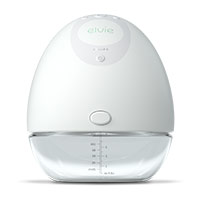
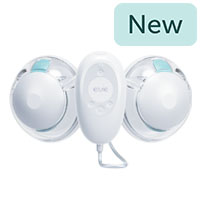
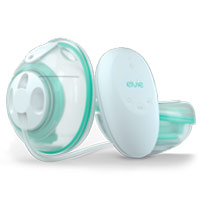
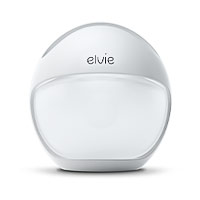
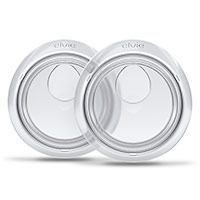
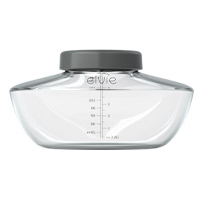
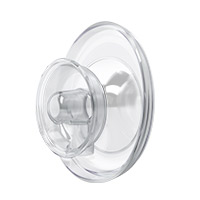

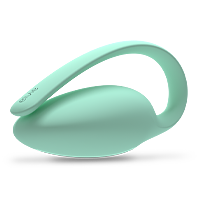
 2 minute read
2 minute read